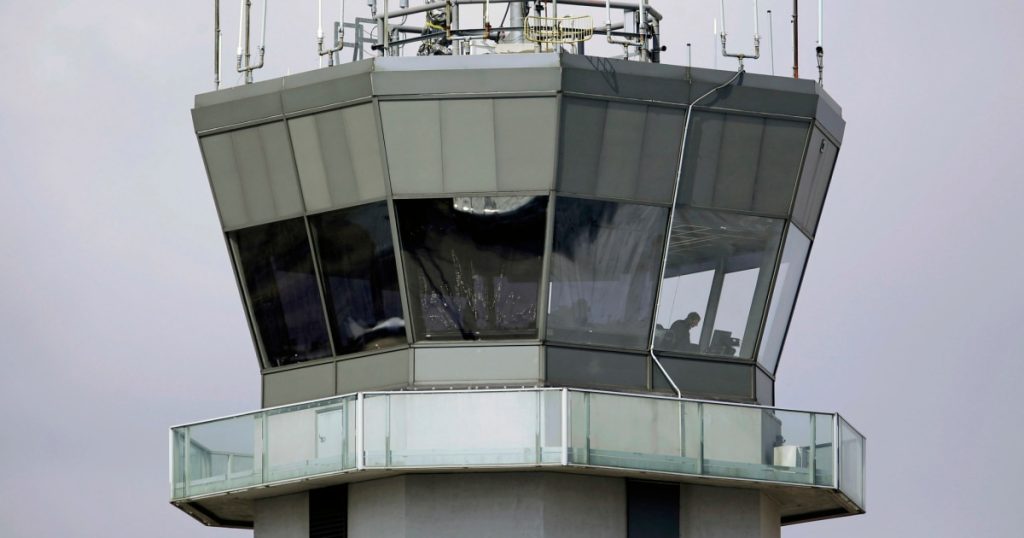The Federal Aviation Administration has announced new rest rules for U.S. air traffic controllers in an effort to address fatigue issues that may be affecting air safety. Under the new rules, controllers will be required to take 10 hours off between shifts and 12 hours off before a midnight shift. These mandates will go into effect in 90 days, according to FAA Administrator Michael Whitaker. He stated that the safety of controllers and the national airspace is a top priority for the FAA and that he took these concerns very seriously after touring air traffic control facilities around the country and hearing firsthand about the issues with scheduling and rest.
The National Air Traffic Controllers Association has expressed appreciation for the FAA’s attempt to address fatigue issues but has also raised concerns about the new rules not being coordinated with them. The association is worried that the immediate application of the new rules, combined with current staffing shortages, could lead to coverage gaps in air traffic facilities’ schedules. This could in turn impact the capacity of the National Airspace System. The association cautioned that requiring controllers to work mandatory overtime to fill these gaps would only increase fatigue and make the new policy ineffective.
The announcement of the new rest rules comes at a time of increased focus on air safety in the U.S. The FAA recently launched an investigation into a near-miss incident at Washington’s Reagan International Airport, following a series of similar incidents last year. These incidents prompted acting Administrator Billy Nolen to convene an emergency summit on U.S. air safety systems. The FAA’s decision to implement these new rules for air traffic controllers is seen as a proactive step to address fatigue-related issues and enhance overall air safety in the U.S.
Fatigue among air traffic controllers has long been a concern within the aviation industry, as it can have serious implications for the safety of flights. Studies have shown that tired controllers may struggle to maintain focus and make timely decisions, which could potentially lead to dangerous situations in the air. By requiring controllers to take sufficient rest between shifts, the FAA aims to reduce the risk of fatigue-related errors and enhance the overall safety and efficiency of the U.S. airspace.
While the new rest rules have been welcomed as a positive step towards addressing fatigue in air traffic control, concerns remain about the potential impact on staffing shortages and system capacity. It will be important for the FAA, the National Air Traffic Controllers Association, and other stakeholders to work together to ensure that the implementation of these rules is done in a way that maintains the safety and effectiveness of the air traffic control system. By promoting a culture of safety and prioritizing the well-being of controllers, the aviation industry can continue to improve and evolve in a rapidly changing environment.
Overall, the FAA’s decision to institute new rest rules for air traffic controllers reflects a commitment to enhancing air safety and addressing fatigue-related issues within the aviation industry. As the agency works to implement these rules in the coming months, it will be important to maintain open communication with all stakeholders and to address any potential challenges that may arise. By prioritizing the safety and well-being of air traffic controllers, the FAA can help ensure that the U.S. airspace remains one of the safest and most efficient in the world.


